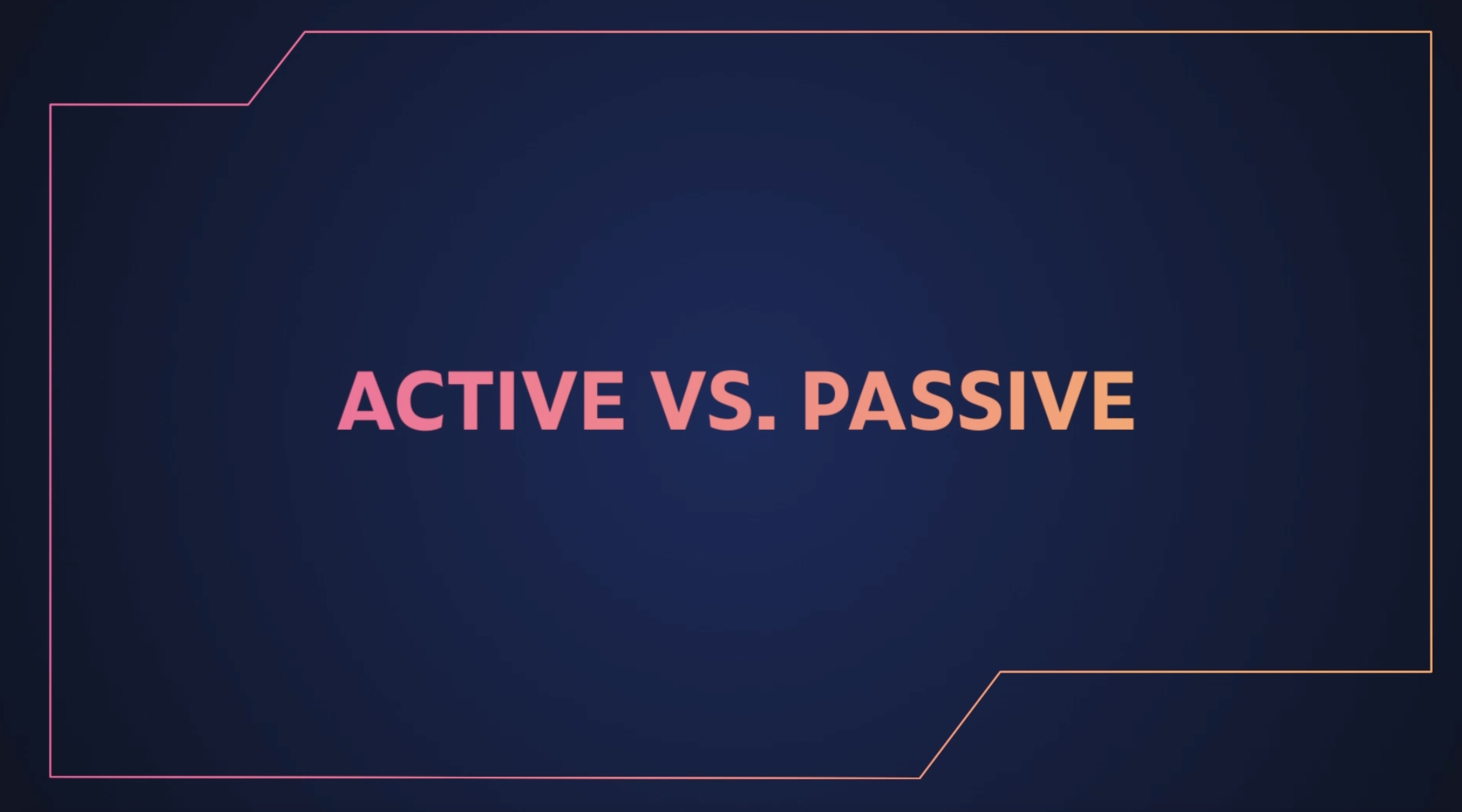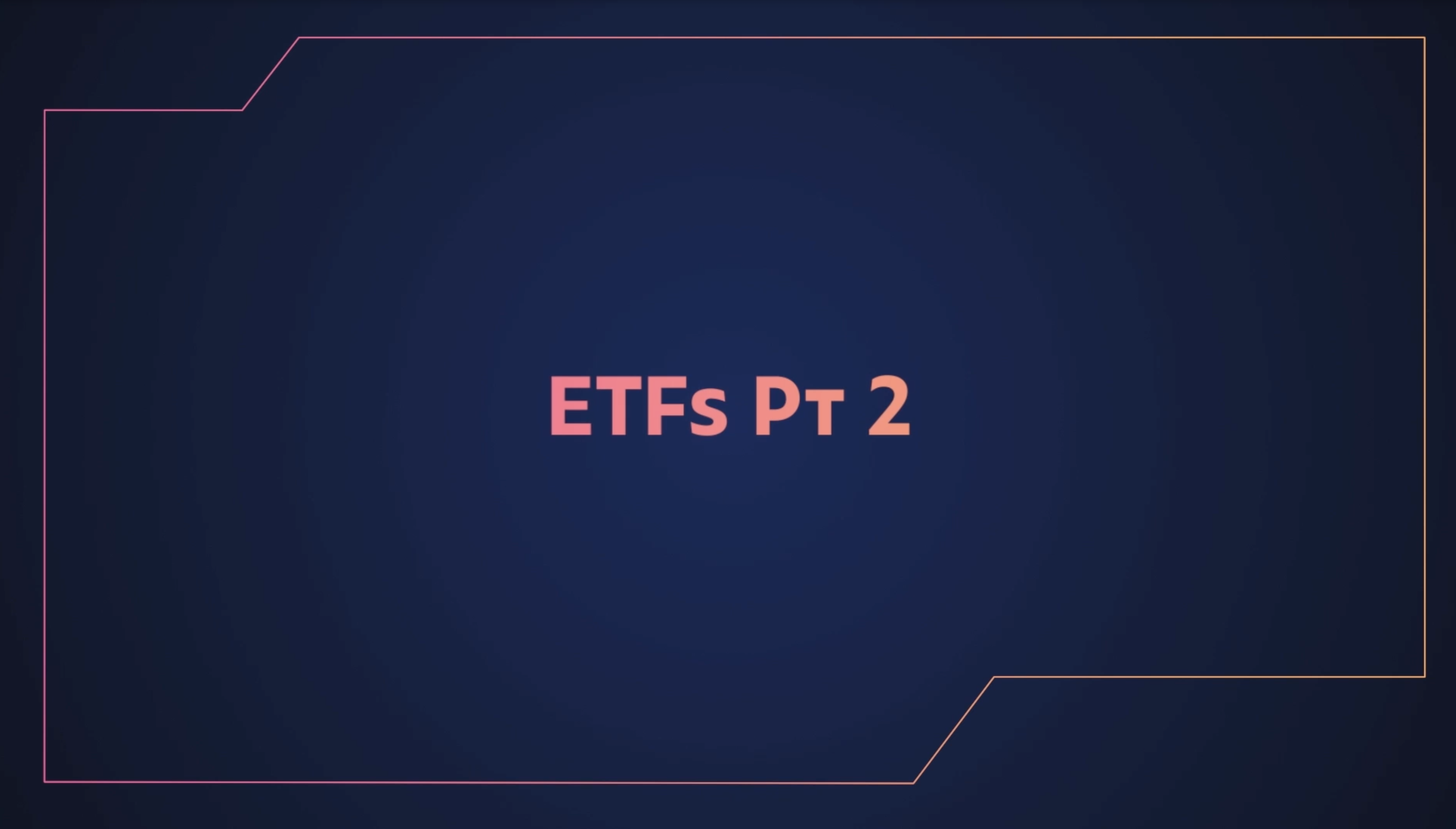It must be time for active management to shine. Or not
When markets are roiled, active managers are said to emerge from the darkness. But if you look at the numbers, that story fades into myth.
Stephen Lamb [00:00:00] Hello and welcome to By The Numbers, I’m your host, Steve Lamb. On this episode, we’re exploring active versus passive fund management strategies. This year has already seen a few good bumps in the road for financial markets. The inflation number is growing bigger than it’s been since the 80s. Bigger even than that decade shoulder pads. Interest rates are rising. Markets are falling. Even crypto is falling and looking quite correlated right now. So clearly, it must be time for active management to shine, right? Maybe not. We’ve all heard a dozen times that while passive strategies have steadily grown in popularity, there is a time and a place for active for when the markets are roiled and volatility is frothy. Active managers are said to emerge from the darkness and rise above the chart, delivering alpha while market beta disappears into the maelstrom. But if you look at the numbers, that story fades into myth like fog into the morning sun, according to S&P versus Active Scorecard, or Seva, a semiannual research series comparing active fund managers against their respective S&P benchmarks. Almost 94 percent of active managers underperformed their respective benchmarks in the past 20 years. When you look at individual U.S. equity segments, the myth might be better labeled as a horror story. The best performing group in terms of active management large cap value funds saw a whopping twenty four point eight eight percent of active managers outperform. Other notable outliers include real estate at eighteen point three percent. And how about large cap growth funds that saw a Jacksonville Jaguars level of success at point two nine percent of managers outperforming? Keep in mind, this is a 20 year timeframe we’re talking about, which included the dot com bust and the 2008 financial crisis.
Devin McGinley [00:01:49] When we look at the other side of the coin at fixed income, the story is better. But still a minority of managers are beating the market. Within fixed income you have some mere winners, like an investment grade long funds where about 47 percent of managers win, and government long funds where thirty eight point five percent of managers beat their benchmark. But then you also have investment grade short funds in emerging market debt funds at an eye watering zero percent of winning managers. Investors have follow these trends, according to Eric Balchunas, ETF analyst at Bloomberg Intelligence, active Equity had 400 billion of net outflows in 2021, while active fixed income funds took in $350 on net. Still, there are few signs of active managers slowing down, especially as regulatory changes have brought the strategy more prominently into the ETF space. Nearly two thirds of ETFs launched in 2021 were actively managed. The first time such fund launches outnumbered their passive counterparts, and advisors are still using the products despite the checkered long term performance history. According to our latest Future Flows report, 81 percent of advisors use some kind of active fund with clients, and over the next year, 32 percent expect to increase their exposure to actively managed ETFs, making it the most in-demand investment product in our survey. So active management continues to have its place. But advisors have to be picky, and holdings may not have the same size or duration as other pieces of the portfolio.
Stephen Lamb [00:03:18] As the S&P researchers put it, should investment results be attributed to skill or luck, genuine skill is likely to persist while luck is random and fleeting. Thus, one measure of skill is the consistency of a fund’s performance relative to its peers or to its benchmark. Tune in next week for a look at the looming great wealth transfer. Thanks for watching By The Numbers.










